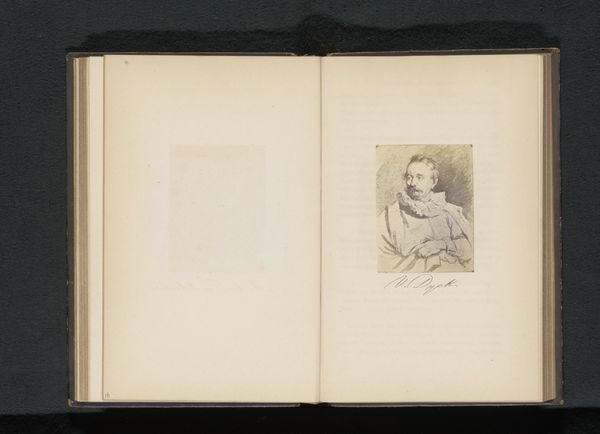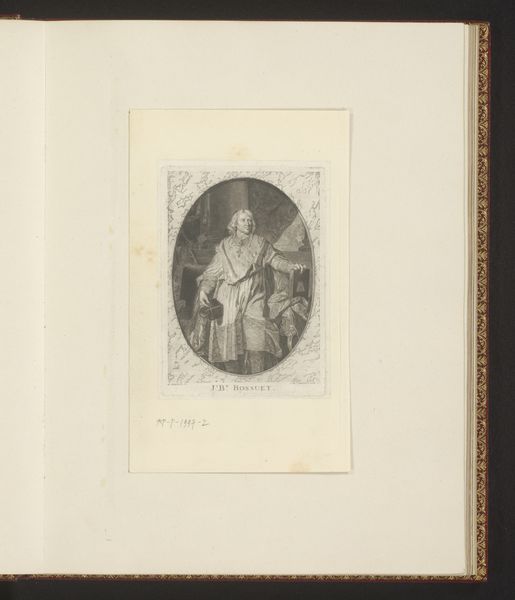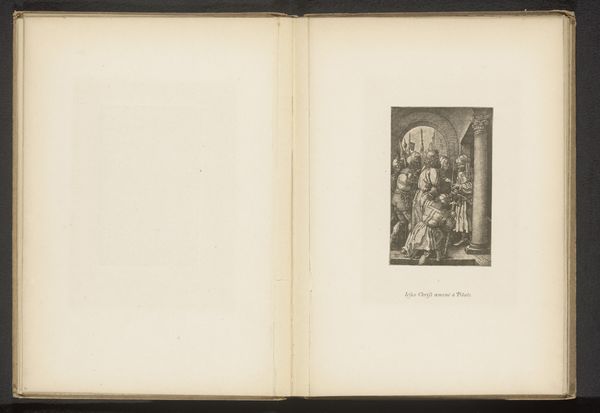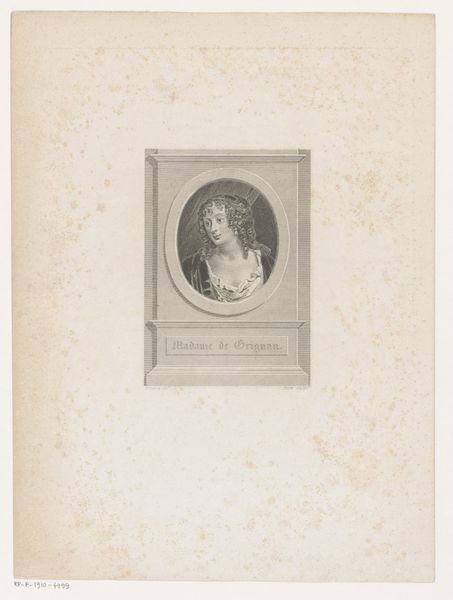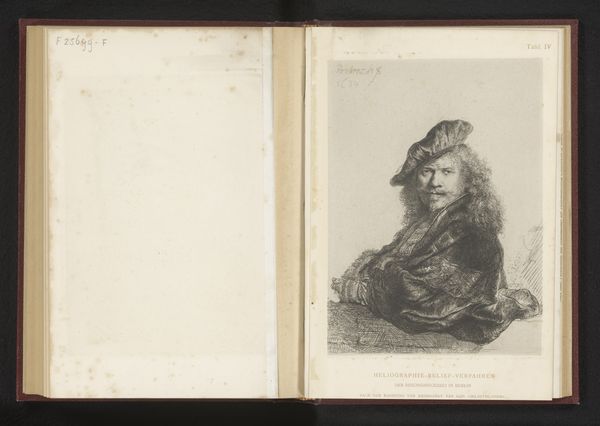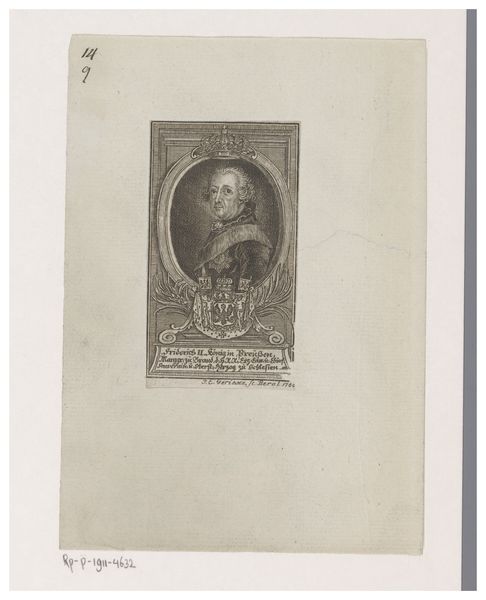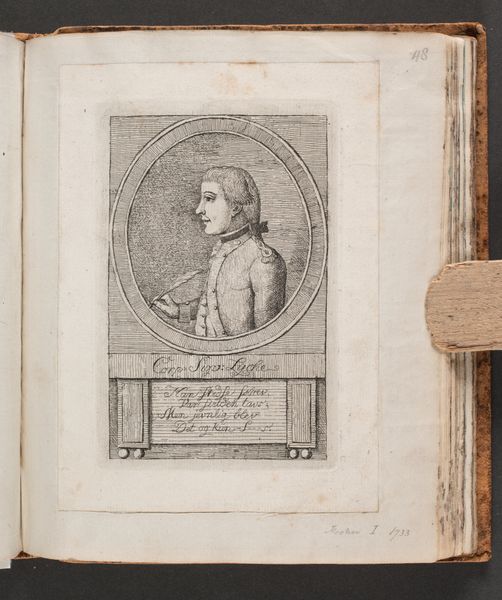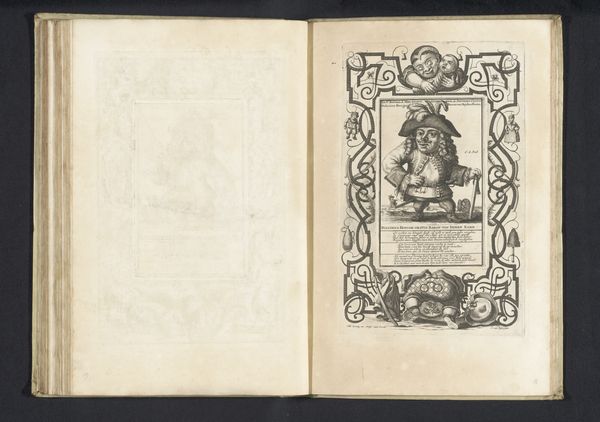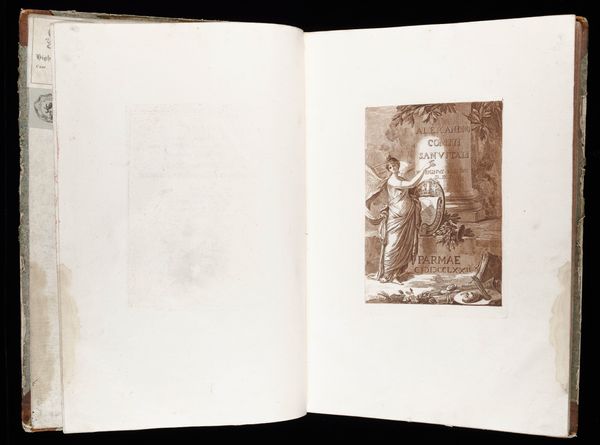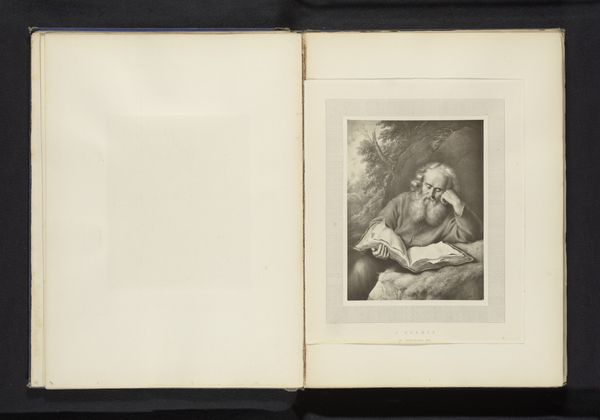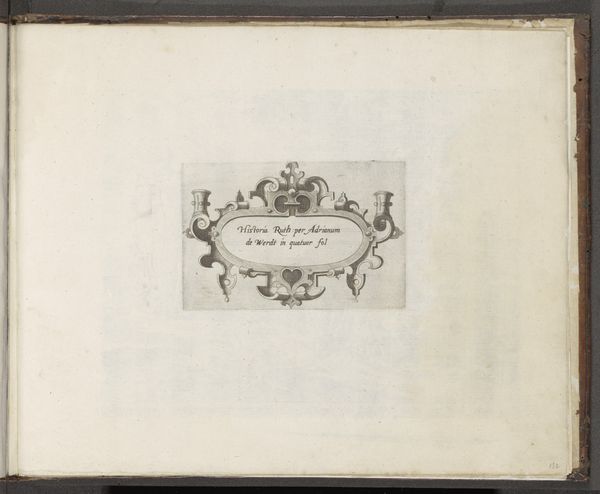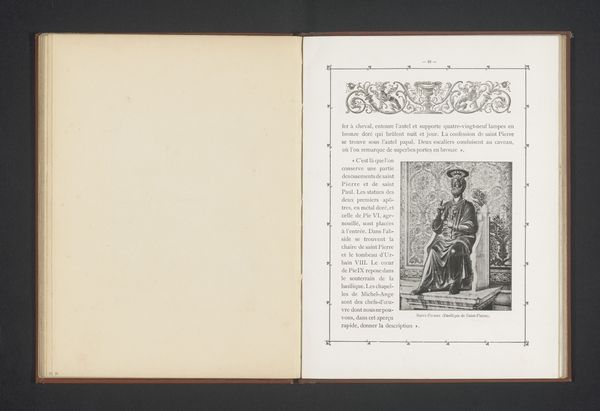
drawing, print, engraving
#
portrait
#
drawing
# print
#
coloured pencil
#
engraving
Dimensions: height 90 mm, width 55 mm
Copyright: Rijks Museum: Open Domain
Curator: This reproduction of a portrait, made before 1875, shows us John Locke. What is your initial impression? Editor: He looks like someone who wouldn’t crack a smile even if you tickled him with a feather. There’s a weight, an undeniable seriousness, in those eyes. The formality is off the charts. Curator: Agreed. This engraving certainly projects gravitas, capturing Locke’s essence as the father of liberalism, and that signature wig just screams '17th century intellectual'. Editor: Exactly! This isn’t just a portrait; it's a carefully constructed image of power and authority, very much befitting of a man who advocated for natural rights and challenged absolute monarchy. But who had access to these types of images, or the real person? We need to consider accessibility as well. Curator: Yes, exactly, what this reminds me of is the beginning of critical thought. One cannot ignore the shift that this new philosophical framework initiated. It all seems very contained and orderly, but at the base is total madness. The Age of Reason brought order and disorder! It is interesting to see. Editor: Right! Also, this piece being a reproduction complicates things, doesn't it? It speaks to the spread of Locke’s ideas, the democratization of knowledge. How this philosophical impact reverberated through culture via copies like these. Curator: It does and perhaps speaks more of Locke's ego than that of accessibility, in a sense. After all, whose image ends up on reproductive print? The sitter must have at least wanted it so. All that seriousness... it almost feels performative, no? Editor: Ah, but is it his ego or the forces demanding such images? We see echoes of similar presentations of other elites during the time. Still, it leaves me wondering about the lived realities obscured by this veneer of Enlightenment respectability. Curator: Perhaps it can be both! It's a complex image that does provide interesting contradictions that seem indicative of his time, actually. I see what you mean now! It all just goes to show: portraits aren't just depictions, they are conversations. Editor: Couldn't have said it better myself. This visual text definitely asks us more than it answers, which to me is always the sign of a thought-provoking piece.
Comments
No comments
Be the first to comment and join the conversation on the ultimate creative platform.

